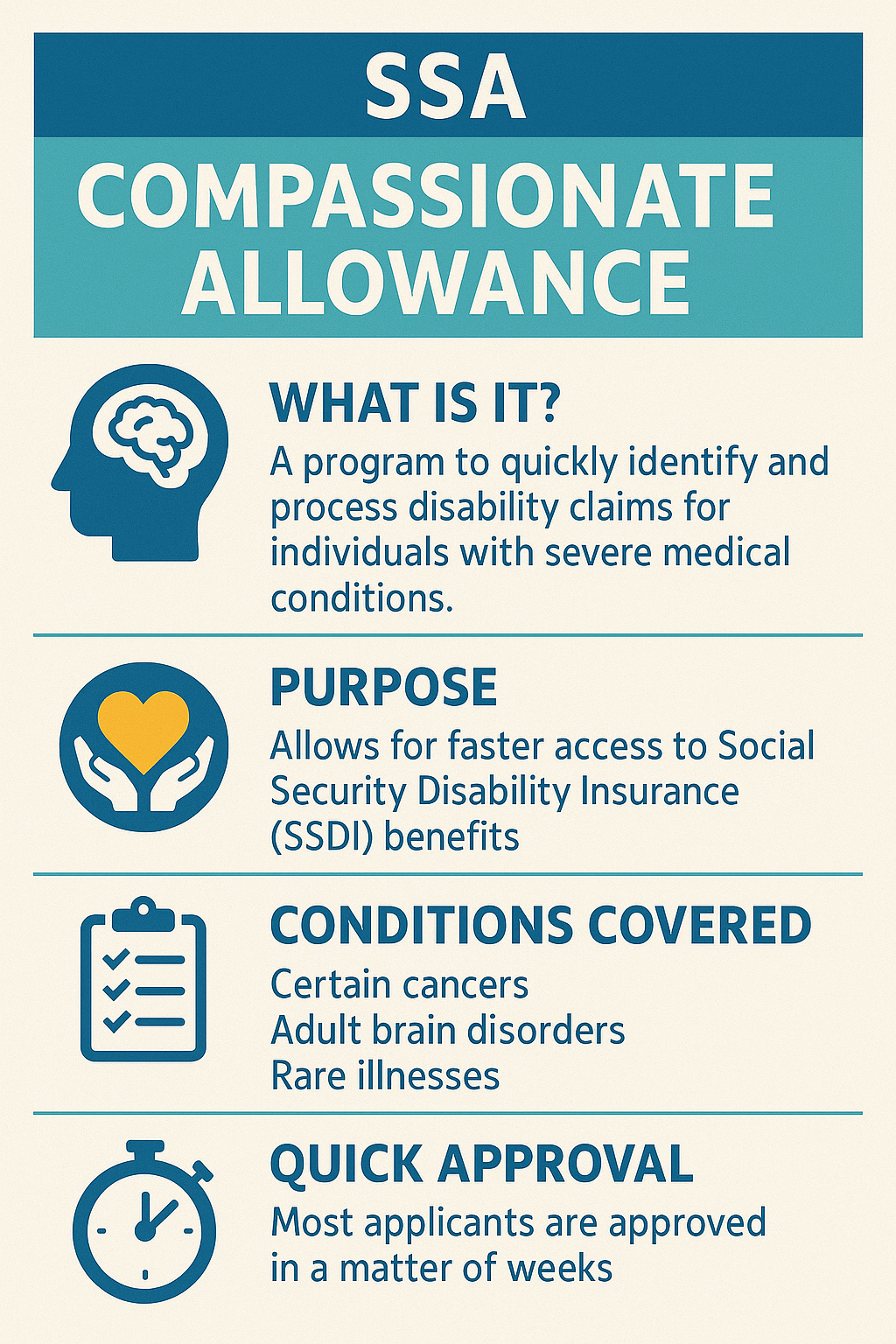Taxes under the Federal Insurance Contributions Act (FICA) fund two key programs: Social Security (Old-Age, Survivors, and Disability Insurance – OASDI), and Medicare (Hospital Insurance).
As of 2025:
– Social Security Tax Rate: 6.2% for employees and 6.2% for employers (12.4% total)
– Medicare Tax Rate: 1.45% for employees and 1.45% for employers (2.9% total)
Self-employed individuals pay the combined employer and employee portions — 15.3% total under the Self-Employment Contributions Act (SECA).
What Is the Purpose of Social Security Tax?
Social Security taxes fund retirement, disability, and survivor benefits under the OASDI program. They are mandatory payroll taxes collected either through FICA (for employees) or SECA (for self-employed workers).
Breakdown of how each dollar is used:
– 85 cents fund monthly benefits for retirees and their families.
– 15 cents fund disability benefits (SSDI).
– <1 cent funds administrative costs — making SSA one of the most efficient federal agencies.
How Is Social Security Financed?
Social Security is primarily financed by payroll taxes. In 2025, the maximum taxable earnings subject to Social Security tax is $168,600 (up from $147,000 in 2022). 90%+ of OASDI funding comes from payroll taxes. The remainder comes from interest on trust fund reserves, and taxation of Social Security benefits.
Each year, the taxable maximum may rise based on national average wage growth.
Is Supplemental Security Income (SSI) Taxable?
No, SSI benefits are not taxable. SSI is a needs-based program funded by general tax revenues and designed to support aged, blind, and disabled individuals with limited income.
However, if you receive other taxable income, it may impact your total tax obligation.
Is Social Security Income Taxable?
Not all Social Security benefits are taxable. It depends on your ‘combined income’, calculated as:
Adjusted Gross Income (AGI) + Nontaxable Interest + ½ of Social Security benefits
Taxability thresholds:
Filing Status | Combined Income | Taxable Amount
————–|——————|—————-
Single | $25,000–$34,000 | Up to 50% taxable
| Over $34,000 | Up to 85% taxable
Married Filing Jointly | $32,000–$44,000 | Up to 50% taxable
| Over $44,000 | Up to 85% taxable
Married Filing Separately | Any income (if living together) | Up to 85% taxable
Each January, the SSA issues Form SSA-1099, which shows how much you received in Social Security and helps determine your tax obligations.
How Is the Social Security Tax Calculated?
For employees:
– You pay 6.2% of your gross income up to the taxable wage base.
– Example (2025):
– Income: $180,000
– Social Security tax only applies to the first $168,600
– SS tax: 6.2% × $168,600 = $10,453.20
– Medicare tax: 1.45% × entire salary = $2,610
– Total FICA withheld: $13,063.20
For self-employed workers:
– Pay 12.4% to Social Security and 2.9% to Medicare (15.3% total)
– Can deduct half of SECA tax when calculating income tax
Note: An additional 0.9% Medicare surtax applies to income over $200,000 (single) or $250,000 (married filing jointly).
Is Social Security Tax Based on Gross or Net Income?
For employees: Based on gross wages up to the taxable maximum.
For self-employed: Based on net earnings, after deducting business expenses.
Do I Have to Pay Taxes on Retirement Income?
Yes, distributions from tax-deferred accounts like 401(k)s, traditional IRAs, and annuities are taxed as income in the year you take them. This could push your income above the threshold for taxing Social Security benefits.
Is Social Security Disability Income Taxable?
Possibly. SSDI benefits may be taxable if your combined income exceeds IRS thresholds. The thresholds are the same as for retirement Social Security benefits.
If you file jointly and your spouse earns income, that may trigger SSDI taxation.
How and Where Do I Pay Social Security Taxes?
Employers withhold Social Security taxes from your paycheck and submit them to the IRS. If you are self-employed, you must report and pay Social Security taxes on your Schedule SE as part of your annual tax return.
When Do You Stop Paying Social Security Taxes?
You stop paying Social Security tax after your income exceeds the annual wage base limit. In 2025, this limit is $168,600. However, there is no income cap for Medicare taxes, so they continue regardless of earnings.
At Benefits.com, we are here to help you navigate the process and receive the benefits you deserve. Begin today by taking our free eligibility quiz.
 Benefits.com Advisors
Benefits.com Advisors
With expertise spanning local, state, and federal benefit programs, our team is dedicated to guiding individuals towards the perfect program tailored to their unique circumstances.
Rise to the top with Peak Benefits!
Join our Peak Benefits Newsletter for the latest news, resources, and offers on all things government benefits.




















